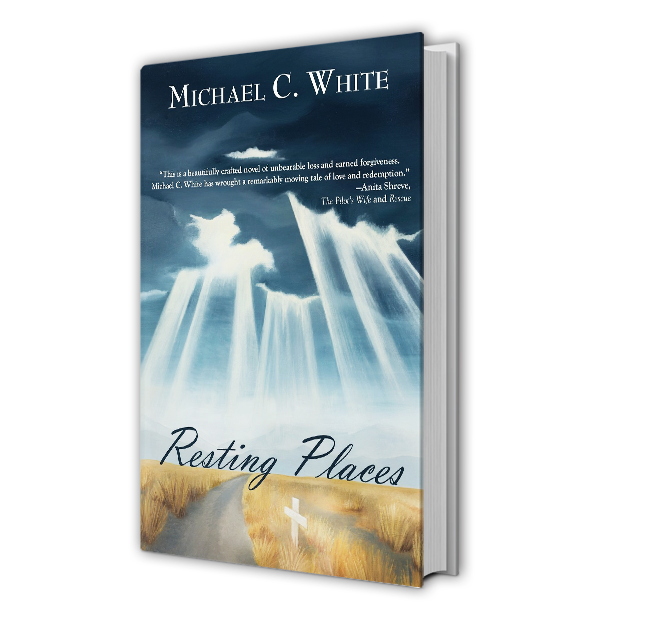
Mater Dolorosa
Recently, I visited the Clark art museum in Williamstown. I happened upon Jean-Baptiste Carpeaux’s moving sculpture, Mater Dolorosa. Unlike so many works of art about Mary’s grief over the death of her son, this one depicts only the woman’s bust, alone, in terrible anguish. The story about the sculpture was even more moving. In a park, the artist Carpeaux had come across a former model. What struck him was her sorrowful expression. Talking with her Carpeaux learned that she was saddened by the recent death of her child. He asked her to come back to his studio, where in two hours’ time he was able to capture her grief in the sculpture. I feel that this work of art, like so many dedicated to Mary’s loss, goes beyond a particular Catholic religious view of the world, and touches on the universal theme of a mother’s loss of a child. Another great artist whose work touches on the death of children is the German Kathe Kollwitz. In her great work die Eltern, a pair of parents kneel before the grave of a son who died in WWI (Kollwitz son died at Ypres in WWI). In all these works, a parent grieves the unbearable loss of a child. My main character in Resting Places, Elizabeth, while trying to fathom the unfathomable loss of her child, goes on a cross country trip. She stops at roadside memorials along the way, often those put up by grieving parents. She is attempting to understand her loss through that of others’. At one she comes across a token that a parent left to memorialize the death of a son—a small pieta, the ultimate image of a grieving mother.